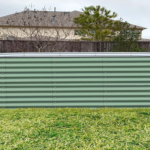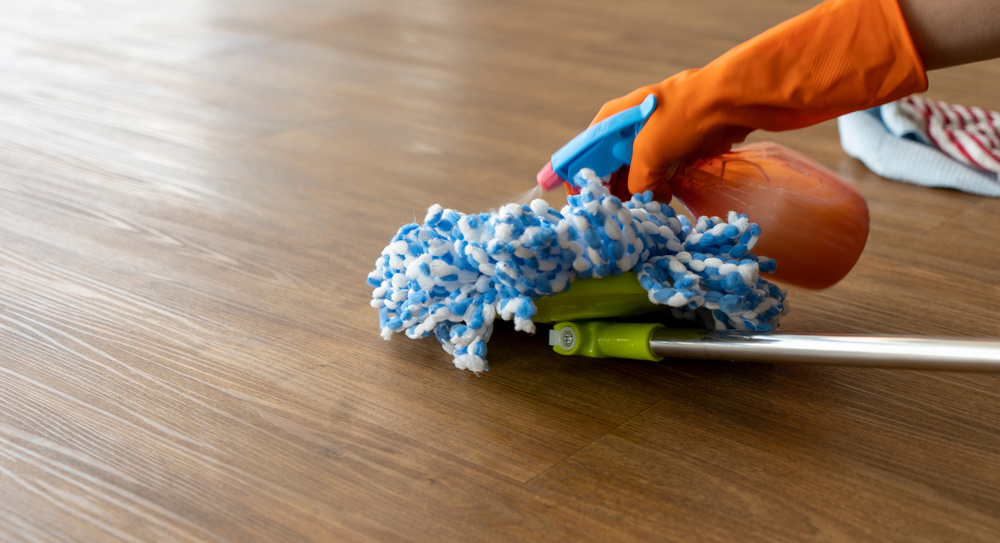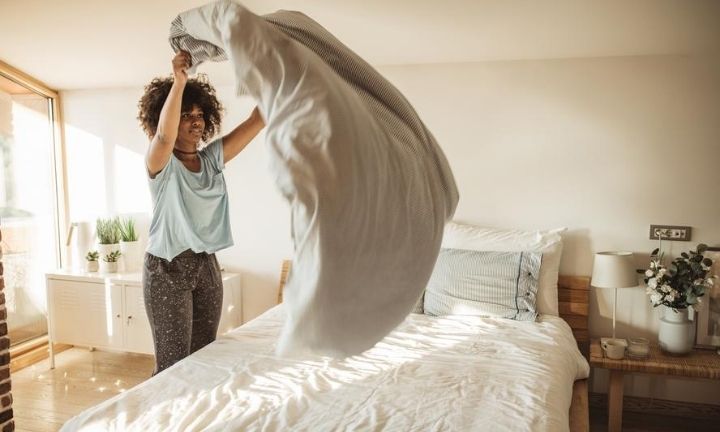There are several options for protecting upholstery fabric. One option is a spray that creates a barrier between liquids and the fabric. The coffee spill will sit like magic on the fabric. Another option is using a chemical stain treatment such as Scotchgard. This type of stain protectant contains a bioaccumulating man-made substance. The chemicals in these products can pollute the environment, but they have a long half-life and break down slowly. However, studies have shown that the chemicals used in these types of protective treatments are not harmful. As of this writing, manufacturers have not released any studies proving the safety of these products.
A performance-based upholstery fabric is ideal for upholstery. These types of fabrics have been specially treated to resist stains and are more durable. But not all performance-based fabric is created equally. Some companies actually make a fiber that is stain-resistant, while others cover their fabric in chemicals to repel stains. The problem with the latter type is that it wears off within the home environment and releases the chemicals into the environment. Unless you’re sure that the fabric you’re purchasing is stain-proof, you should stick to performance-based fabric.
For the best protection, choose a fabric protector with a high performance level. These products are lightweight and shield your furnishings from spills, while not affecting the color or finish of the fabric. You can also buy a spray that is designed to repel both liquids and alcohols and is completely stain-proof. There are also specialized treatments available to prevent stains from getting into the upholstery fabric. If you want to protect your upholstery from water-based spills, consider using Scotchgard Fabric Water Shield. These products are not only safe for upholstered furniture but can also be used on clothing and canvas shoes.
A fabric protectant is an important component of any upholstery fabric. Adding fabric protection to upholstery is an excellent way to preserve its quality. It will keep it looking fresh and clean for years. It will help prevent stains and make it look new again. But before you decide to add any type of fabric protector, it is essential to consider the material. Most textile protectants are water-based, which means that they can be applied to textiles with an iron.
The best protection is prevention. Whether you’re looking to protect your sofa or armchair from spills or want to prevent stains from occurring on your shirts, there are several products on the market today. For a complete protection, you should consider using a fabric protector. These products can help keep your furniture from becoming stained. And because these products are lightweight, they’re easy to use and do not affect the color or finish of your upholstery.
It can be done with a few different techniques. The most common method is to use a fabric protectant. You can use a spray that provides a layer of protection against spills. A spray that protects your furniture from liquids and alcohols is recommended for most cases. There are three different ways to protect your upholstered fabric. A stain-resistant treatment should be applied to the fabric before the fabric is exposed to water.
The best protection for upholstery fabrics is to apply a spray or a liquid to protect it from dirt. A good protector will protect both outdoor and indoor fabrics, so make sure you choose a product that will protect both types. A waterproof protector will keep the fabric from spills, while a non-waterproof one won’t allow it to absorb water. This type of product is recommended for leather-covered furniture. In addition to leather-covered furniture, it is also recommended for suede-covered sofas.
A fabric protector will protect upholstery fabrics from sun damage and stains. It can also be used on outdoor furniture. A fabric protector can work on both types of fabrics. It is recommended that the product is multipurpose, as it is more effective on certain types of fabrics. In addition to this, it should be able to be applied to both indoor and outdoor materials. If you choose a cheap product, it won’t protect your upholstery.








